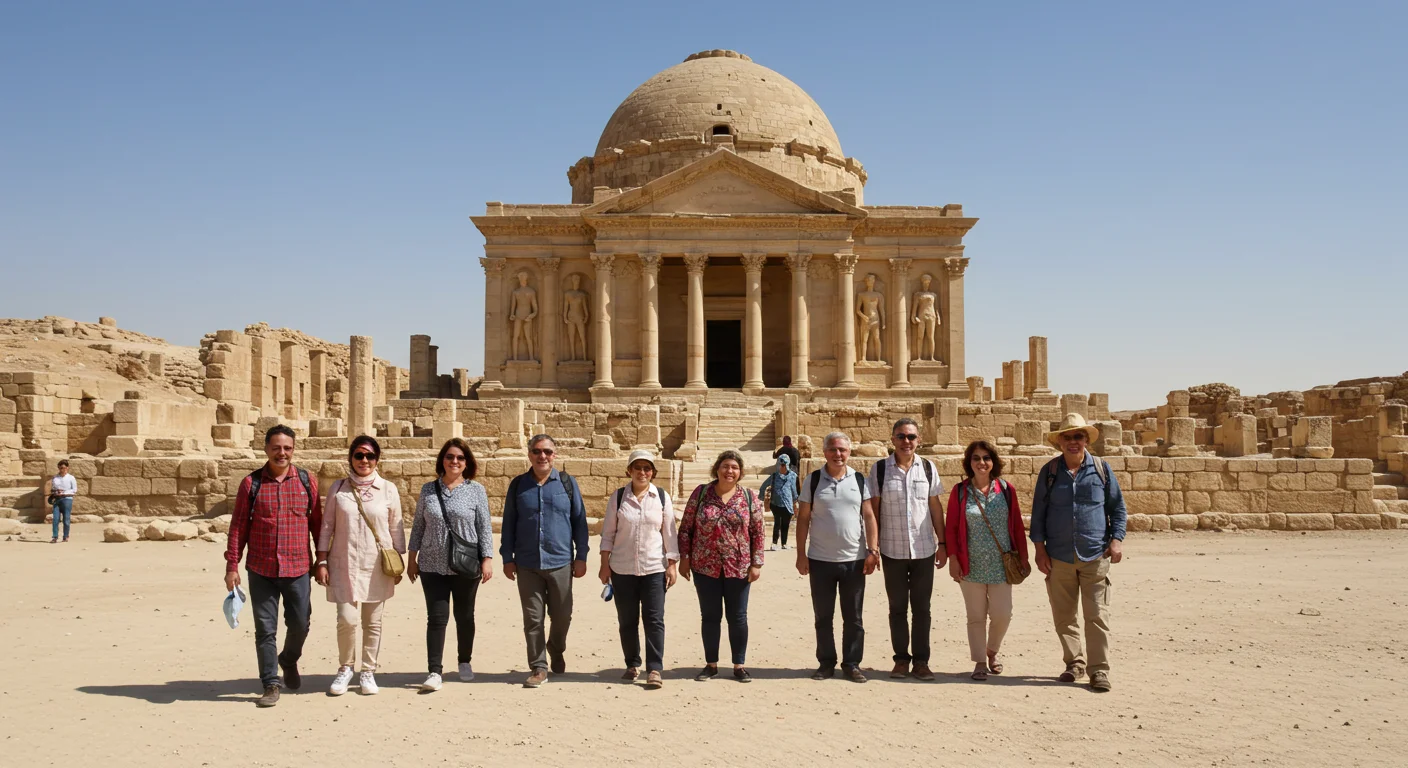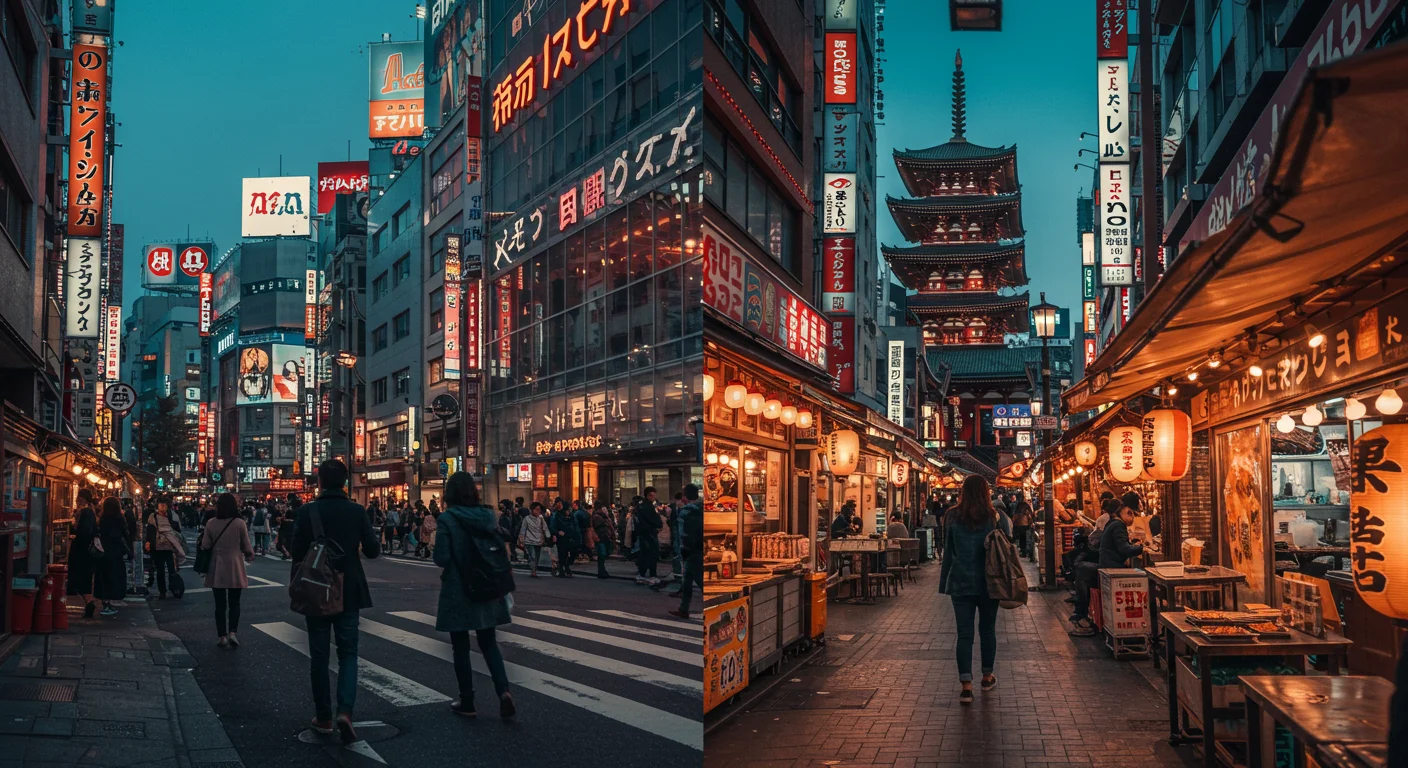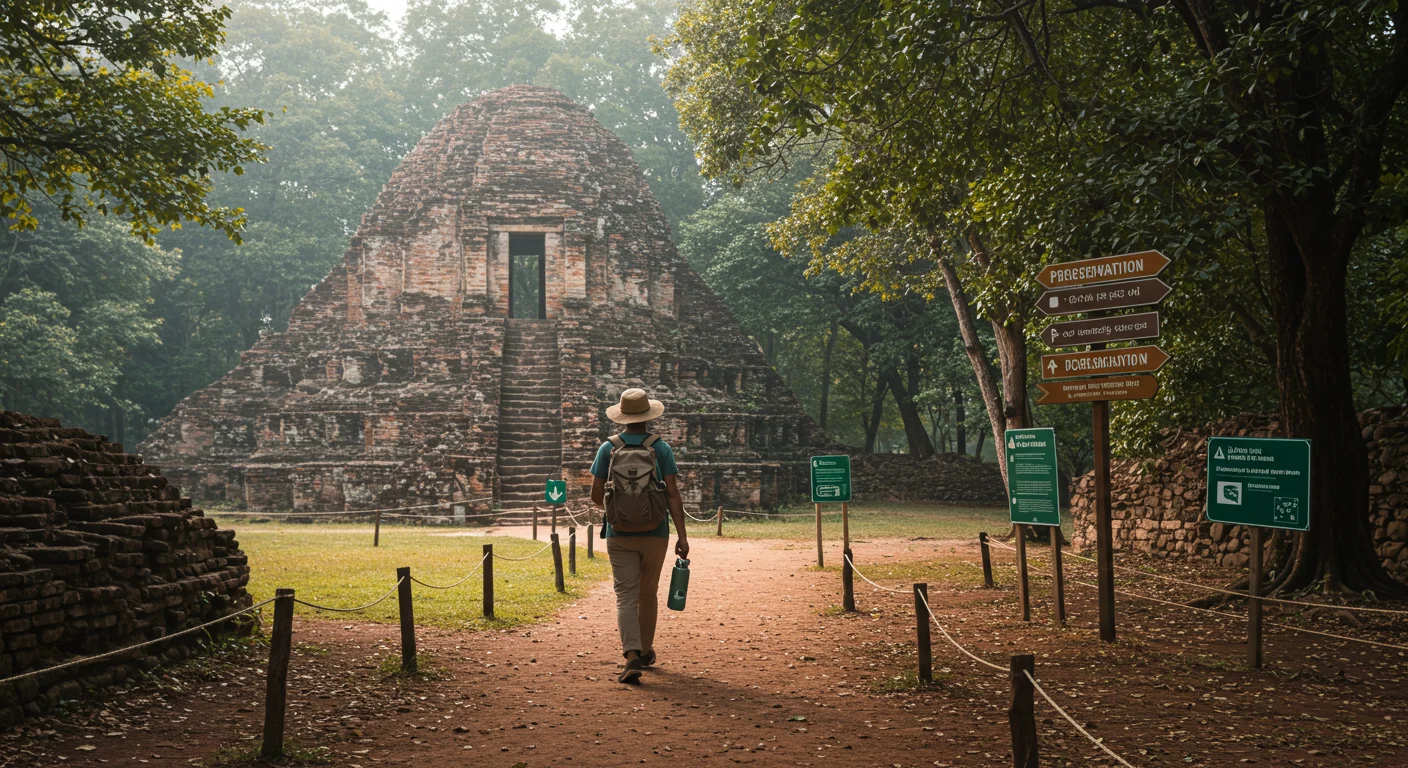Imagine stepping back in time, walking through ancient ruins, or visiting a temple filled with centuries of stories. Traveling to historical sites is an incredible way to learn and grow, but it's super important to remember that these places are not just old buildings; they are precious parts of someone's culture and history. This is where cultural etiquette for visiting historical sites worldwide comes in. It’s all about showing respect and being thoughtful when you explore these amazing places, making sure your visit is good for everyone involved and helping to preserve these wonders for future generations.
What is Cultural Etiquette and Why Does it Matter So Much?
At its heart, cultural etiquette in tourism means showing respect and appreciation for the many different cultures, traditions, and ways of life you find when you travel. It's about understanding that every place has its own special values and rules. As visitors, we need to adapt to these customs rather than trying to make others follow our own. When travelers practice cultural sensitivity, they help create a welcoming and respectful atmosphere for both visitors and the local people. This not only makes your own travel experience better but also helps keep cultural traditions alive for future explorers.
Understanding and valuing diverse cultures is a huge part of being a responsible traveler. Good cultural etiquette helps us avoid actions that might be seen as rude or inappropriate, which could accidentally disrespect local customs. Without this awareness, travelers might leave a bad impression, upset locals, or even accidentally damage places that are very special to others. Thinking about cultural etiquette should always be a top priority because it makes sure that everyone – both tourists and the people who live in the places they visit – gets something good out of the trip. It encourages friendly interactions instead of making people feel like their culture is being used for show.
Your Pre-Trip Checklist: Learning and Preparing for Authentic Experiences
Before you even pack your bags, the journey of cultural etiquette begins with learning. It's a bit like doing your homework before a big test! Researching your destination's customs, traditions, and simple manners is key. This means knowing things like how people greet each other, what's polite at a dinner table, or even what certain hand gestures mean. What might be a friendly gesture in your home country could be very rude somewhere else! For example, direct eye contact is a sign of respect in some places, but in others, it might be seen as challenging or rude.
Taking the time to learn just a few words in the local language can make a huge difference. Even a simple "hello," "thank you," or "please" shows that you appreciate their culture and are making an effort. This small step can really make your interactions richer and help you connect with people. You can find out this important information by reading travel guides, watching documentaries, or even joining online groups where people talk about local communities. Think of it as looking at the world "through their eyes." When you arrive, try to observe and listen first, then adapt to how things are done, rather than just doing what you're used to back home. This thoughtful approach is a cornerstone of good cultural etiquette for visiting historical sites worldwide.
Exploring Sacred and Historical Places with Deep Respect
Many of the world's most famous monuments and sites are incredibly important not just historically, but religiously and culturally too. Places like temples, churches, mosques, and ancient monuments are, first and foremost, sacred spaces for people who believe in those faiths. As tourists, we are truly guests in these places. Before you visit, it’s really important to find out as much as you can about the rules for visitors to avoid accidentally offending anyone or causing a disruption. Sometimes, it’s as simple as dressing a certain way, taking off your shoes before you enter, or not taking pictures where signs say not to.
The Importance of Appropriate Attire
What you wear holds a lot of cultural meaning in different parts of the world, and what’s okay to wear can change a lot from one place to another. It’s always a good idea to know the dress codes for where you’re going and change your clothes if needed. For instance, when visiting religious sites, you should usually cover your shoulders and knees. In more conservative areas, dressing modestly is almost always a good idea and shows respect. Following these dress codes is a basic rule of cultural etiquette, helping you fit in more and avoid unwanted attention. Plus, it shows that you understand and respect the local people's values, which can lead to much better interactions with the community.
Preserving Heritage: Hands-Off Policy
Historical sites are the shared heritage of all humanity, and a big part of protecting them falls on us, the visitors. One of the biggest problems is when people try to take a piece of history home with them, even just a small stone. This might seem harmless, but it can cause damage that can’t be fixed. It's strictly forbidden to take anything from these places. Also, don't climb on or destroy any historical objects or structures, even for a cool photo. And while it might be tempting, resist the urge to touch anything unless specifically allowed, as oils from our skin can damage ancient textures over time. Drawing or writing on historical monuments is also a big no-no, as it causes irreversible damage.
Beyond active destruction, even simple things can cause harm. If you’re walking through narrow, crowded historical areas with a big backpack, be super careful! Your bag could easily brush against a delicate mural or knock over an old artifact. Make sure your backpack isn’t scratching anything or hitting objects on display. Being aware of your surroundings and your belongings is a vital part of protecting these treasures for everyone. Following these guidelines is essential for practicing proper cultural etiquette for visiting historical sites worldwide.
Communicating Thoughtfully: Beyond Just Words and Gestures
Communication isn't just about the words you say; it’s also about your body language, and this can be very different across cultures. A phrase or a gesture that is perfectly fine where you come from might be totally inappropriate somewhere else. Things like a thumbs-up or pointing with your fingers can have completely different meanings. If you're not sure, the best thing to do is watch how the local people communicate and follow their lead. Being mindful of both your words and your body language is a vital part of cultural sensitivity in tourism. It helps you communicate respectfully and avoid misunderstandings. Simply being polite and truly listening can help bridge any cultural gaps, leading to positive and memorable interactions.
When you approach a new culture with respect and an open mind, you create an environment where everyone can learn from each other. Instead of comparing everything to what you know, try to see things as new and unique. Ask open-ended questions that show you’re curious and want to understand, rather than judging. When people feel like they are truly being heard, they are much more likely to open up and share insights into their lives and culture. This deep listening and non-judgmental approach will often earn you respect in return and help you connect with locals in a truly meaningful way, which is one of the greatest rewards of travel.
Making a Positive Impact: Supporting Local Life and Sustainable Tourism
Tourism can be a double-edged sword, meaning it can be both good and bad. While it brings people to see amazing places, it’s crucial to make sure it helps, not harms, the local community and environment. One of the best ways to do this is by supporting local businesses and artisans. Instead of always going to big international chains, try to find local markets, craft stores, and family-run restaurants. Buying handmade goods, trying local foods, and supporting local artists directly helps the people who live there. This approach helps the local economy grow and keeps cultural traditions alive, ensuring your travel choices benefit the local economy and community directly.
Beyond shopping and eating, being aware of your impact means minimizing disruption to daily life. This includes not disturbing private spaces, avoiding taking intrusive photos of people without permission, and keeping noise levels down. Also, travelers should always try to reduce their waste and be responsible tourists. Understanding how your activities affect the environment and the community around you also contributes to cultural awareness and responsible travel. This also ties into using products that don’t harm the environment and respecting local wildlife, which are all part of ethical tourism. True cultural etiquette for visiting historical sites worldwide means leaving a positive footprint, not just a physical one.
Engaging in Authentic Cultural Exchange: More Than Just Sightseeing
To truly experience cultural sensitivity in tourism, you should try to engage with locals in meaningful and respectful ways. Think beyond just seeing famous places; try to immerse yourself in the local way of life. This could mean spending time talking with people, attending local festivals, or even participating in traditional activities like cooking classes or craft workshops. These kinds of experiences are far more authentic and enriching than simply observing from a distance. With a humble attitude and a genuine curiosity for cultural exchanges, you’ll gain so much more from your travels.
To really build understanding and stronger bonds between travelers and local communities, it’s important to be flexible and eager to learn, rather than judging or constantly comparing cultures. Every culture is unique, and appreciating those differences is what makes travel so special. Supporting cultural preservation initiatives is also a wonderful way to make a positive impact. This might involve visiting cultural centers, donating to heritage conservation projects, or simply learning about and respecting the efforts locals make to keep their traditions alive. Remember, the goal is to experience culture, not to consume it.
Special Considerations for Sensitive Rituals and Sites
Sometimes, when you’re traveling, you might come across ceremonies or rituals that are very private and important to the local community. It's crucial to understand that many of these events – especially those related to birth, coming of age, marriage, or religious practices – are deeply significant and often not meant for tourists to observe. Unless you are specifically invited and have clear instructions from your host, it’s best to keep a respectful distance. If you are lucky enough to be invited, listen carefully to what your host advises about local customs and behavior; this will help you blend in appropriately.
Rituals concerning death are particularly sensitive. For example, some traditions involve leaving remains for birds of prey, like the Towers of Silence for Zoroastrians or Buddhist sky rituals. While these might seem fascinating, it’s incredibly important not to treat them as a spectacle or something to photograph and share online. In places like Varanasi, India, where cremation ceremonies have taken place for centuries along the river ghats, tourists should maintain a respectful distance and absolutely avoid taking pictures. Showing this level of respect for such personal and sacred moments is a profound demonstration of cultural etiquette for visiting historical sites worldwide.
Cultural Etiquette Beyond Leisure: Important for Business Travel Too
Cultural awareness isn't just for people traveling for fun; it’s just as important, if not more so, for corporate travelers. If you’re traveling for work, understanding local customs and etiquette can make all the difference in your business deals and professional relationships. This is why many businesses that provide travel management services make sure their employees are educated about the local customs and manners of their destination before they go on corporate trips. By offering information on corporate travel policies that fit with different cultural norms, a good travel management company can help businesses get their staff ready for international journeys. Whether you're negotiating a deal or attending meetings abroad, being culturally aware will truly set you apart and lead to much more successful interactions.
Your Quick Guide: Common Questions About Cultural Etiquette for Travelers
Here are some frequently asked questions that can help you become a more culturally sensitive traveler:
- What does cultural sensitivity in tourism mean? It means respecting local culture, traditions, and social norms. This helps prevent misunderstandings, builds mutual respect, and makes your travel experiences better and more meaningful.
- How can tourists be culturally sensitive while traveling? You can do this by researching local customs before you go, dressing in a way that respects local traditions, showing respect at sacred sites, supporting local businesses, and taking part in meaningful cultural exchanges with locals.
- Why should a tourist support local businesses when they travel? Supporting local businesses helps to preserve the cultural heritage of a place, strengthens the local economy, and makes sure that the benefits of tourism go directly back to the community you are visiting.
- How can I ensure I'm being respectful when visiting sacred sites? Always follow local customs, dress appropriately (like covering shoulders and knees), avoid taking pictures if it’s forbidden, and observe how locals behave to understand the best way to show respect in these important religious or cultural places.
Ready to explore the world with a new level of understanding and respect?
By keeping these tips in mind, you can ensure your next journey is not only memorable for you but also beneficial and respectful to the incredible cultures you encounter. Start planning your thoughtful adventure today!




